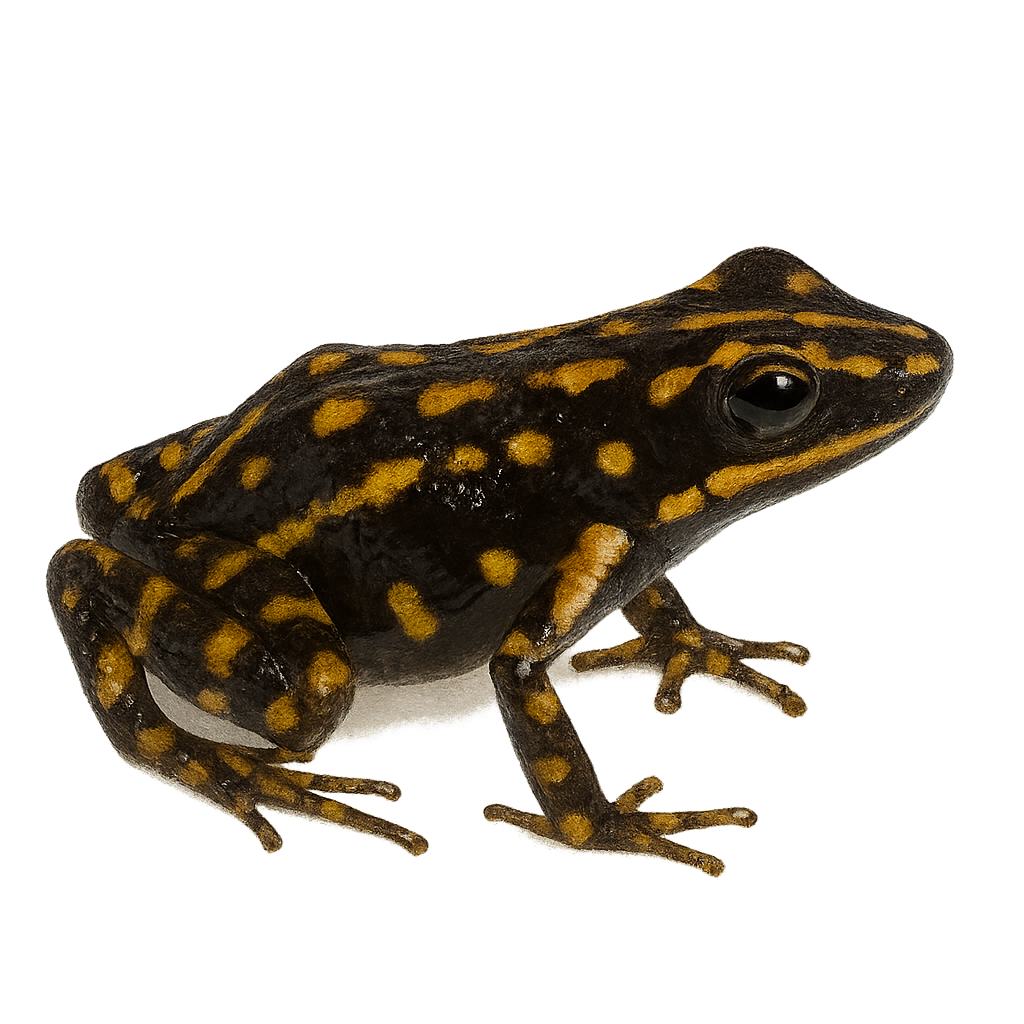Your wildlife photography guide.
Explore the espinoza's poison frog in detail, study its behavior, prepare your shots.
Where to observe and photograph the espinoza's poison frog in the wild
Learn where and when to spot the espinoza's poison frog in the wild, how to identify the species based on distinctive features, and what natural environments it inhabits. The WildlifePhotographer app offers tailored photography tips that reflect the espinoza's poison frog’s behavior, helping you capture better wildlife images. Explore the full species profile for key information including description, habitat, active periods, and approach techniques.
Espinoza's Poison Frog
Scientific name: Epipedobates espinosai

IUCN Status: Endangered
Family: DENDROBATIDAE
Group: Amphibians
Sensitivity to human approach: Suspicious
Minimum approach distance: 2 m
Reproduction period: March to April
Incubation: 10–14 jours
Births: April to May
Habitat:
humid tropical forests, undergrowth, streams
Activity period :
Primarily active during the day, with peak activity in the morning and late afternoon.
Identification and description:
The Espinoza's Poison Frog is a small, brightly colored frog endemic to the humid tropical forests of Ecuador. It is characterized by its smooth skin and vivid patterns, often red or orange with black spots. These bright colors serve as a warning to potential predators, indicating its toxicity. It typically measures between 2 and 3 cm in length. This species is diurnal and primarily feeds on small insects. It plays a crucial role in the ecosystem by regulating insect populations. Unfortunately, it is threatened by deforestation and habitat loss. Conserving its natural habitat is essential for its survival.
Recommended lens:
Macro – adjust based on distance, desired framing (portrait or habitat), and approach conditions.
Photography tips:
To photograph the Espinoza's Poison Frog, it is advisable to use a macro lens to capture the details of its colorful patterns. Approach slowly and maintain a distance of about 2 meters to avoid disturbing it. Opt for times of the day when natural light is abundant to avoid using flash, which could stress the animal. Be patient and wait for it to move naturally to get dynamic shots.
The WildlifePhotographer App is coming soon!
Be the first to explore the best nature spots, track rutting seasons, log your observations, and observe more wildlife.
Already 1 430 wildlife lovers subscribed worldwide

